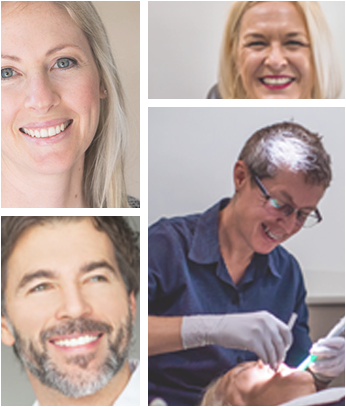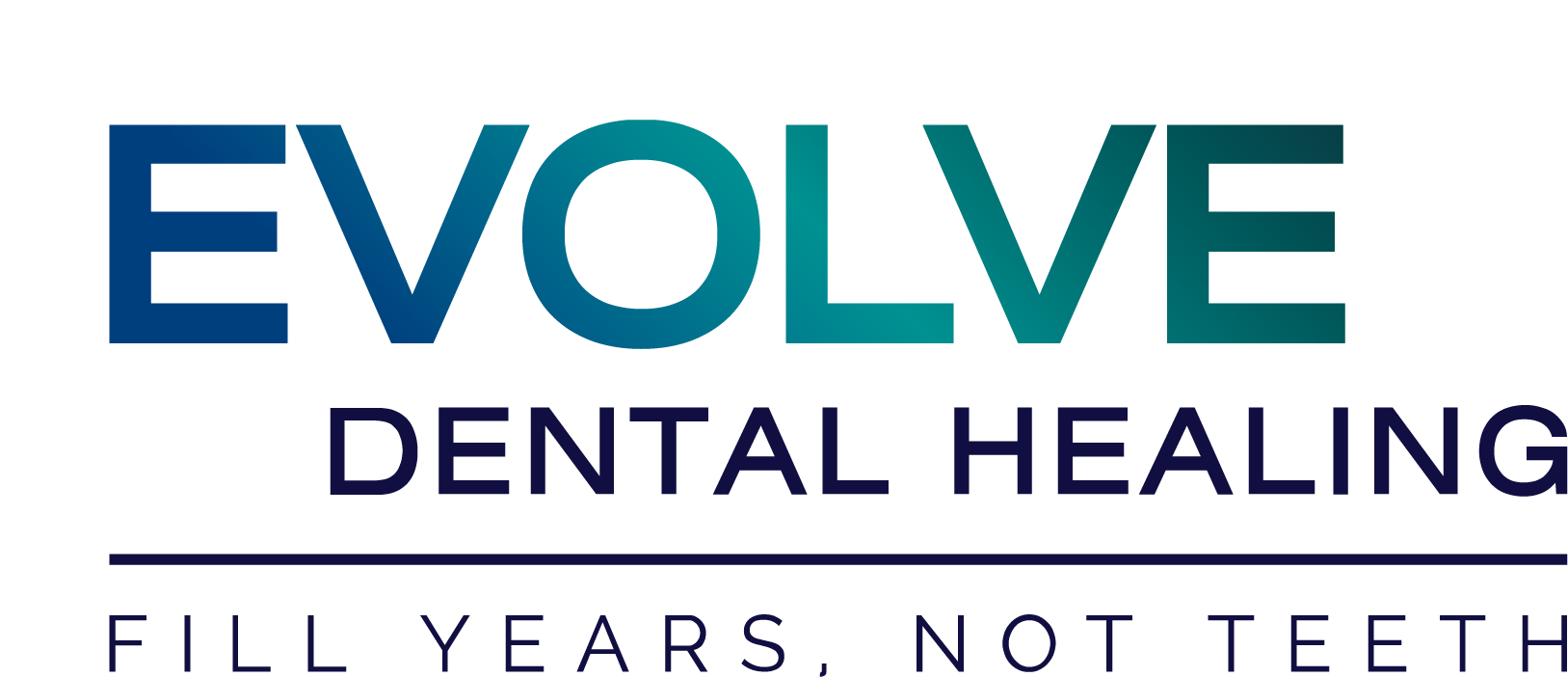Mouth Breathing

What Is Mouth Breathing?
Mouth breathing is a serious matter. In children of growing age, it may have devastating effects on general health and growth. Many seemingly unrelated conditions are related to mouth breathing.
CAUSES of Mouth Breathing:
Chronic allergies, tonsil hypertrophy, nasal polyps, deviated nasal septum, constricted upper airways, a backward positioned lower jaw caused by thumb sucking, excessive dummy use or insufficient suckling as an infant.
Signs in Mouth Breathers
- Long, narrow face
- Difficulty breathing through the nose
- Retarded physical growth
- Dry Lips
- Dark circles under eyes
- Excessive creases between lower lip and chin
- Allergies
- Smaller jaws with crowded teeth
- Swollen tonsils
Consequences of Mouth Breathing
Jaw deformity
- The jaws and subsequently the whole facial structures grow in an altered fashion, resulting in long faces, constricted arches, tooth crowding, a narrowed nasal airway passage, and an altered head posture. The lower jaw remains too far behind in its growth, producing a small chin, dental malocclusion, a large overjet, and an unfavourable profile. If the mouth breathing is addressed, these children can often be treated for their malocclusions and skeletal growth discrepancies by a dentist or orthodontist who follows a functional – orthopaedic approach.
Compromised airway
- Caused by: 1. the lower jaw being positioned too far back, along with the tongue, thereby constricting the upper airway. 2. Enlarged tonsils and adenoids due to chronic allergies may be the primary cause for mouth breathing; however, mouth breathing in itself will also cause a further increase in tonsil size, thus constricting the airway to such an extent, that normal nasal breathing becomes an impossibility.
Altered head, neck and body posture
- The unnatural and unphysiological process of breathing through the mouth, which in many children looks like they are “gasping” for air, produces a reflex forward head posture. This puts a large load on the upper back and neck muscles, which if sustained, will cause permanent posture changes, such as abnormal curvatures in the cervical and thoracic vertebrae, and an altered shoulder posture. Ultimately, we see a domino effect affecting hips, knees and feet. In adults, Jaw joint dysfunction (TMJ problems).
Bad breath and gum disease
- Caused by the shift in the bacterial flora in the mouth.
Lowered immune system and poor health
- Nasal breathing produces a tissue hormone that regulates normal blood circulation. It also filters, warms and moisturizes the air. The lack of oxygen in mouth breathers, who usually snore at night and struggle for air, weakens the immune system, disrupts deep sleep cycles, and interferes with growth hormone production.
- Obstructive sleep apnoea (OSA)
- In newborns, this is thought by many researchers to be related to SIDS, or Sudden Infant Death Syndrome. In children, this is manifested as snoring, bed-wetting, poor quality of sleep, obesity, and ultimately behavioural symptoms resembling ADHD.
- In adults, OSA is a silent killer. Snoring is a manifestation of a blocked airway, which in essence is a milder version of sleep apnoea. Most snorers, however, may not be aware that they may be suffering from OSA. On average, snorers are more likely to suffer from cardiovascular disease and stroke and carry an increased risk for obesity, high blood pressure, stroke, severe obstructive sleep apnea, and diabetes.
Poor performance
- The same lack of oxygen and other hormonal factors make these children tend to be overweight, tired, and not perform well at school. Physically they are not athletic.
Mouth breathing in children should be addressed as soon as possible by consulting a physician, a dentist, a myofunctional therapist or an ENT specialist, who are experienced in treating this condition.
Recommendations for Mouth Breathers
Note: the recommendations below are not absolute and may not be suitable for everyone.
Please consult your doctor, nutritionist or naturopath for your needs and to guide you in the process. A consultation with an ENT is also recommended to rule out other medical conditions in the nose/throat area.
Allergy elimination
Screening and elimination of allergens: Pollen, Fungi, Animal dander, chemicals. Evaluate the heavy metal burden.
Nutritional guidelines
Cow’s milk and dairy products should be eliminated from the diet. Avoid foods with preservatives, dyes, artificial sweeteners, refined sugars and other additives. Screen for yeast intolerance or gluten allergy. Beware of soy milk.
Physical therapy and exercise
Craniosacral, osteopathic and massage therapy encourage circulation of blood, lymph, and cerebrospinal fluid, as well as unblocking energy channels. Daily exercise has done breathing through the nose. Exercise produces adrenaline, is a natural antidote to histamine.
Nose breathing exercises
The aim is to encourage a lip seal to achieve:
- Air flow through the nasal cavity, which will automatically enlarge the airway passages through the nose and will improve the quality of air. It will also stimulate nitric oxide tissue hormone production for improved blood circulation and immune function.
- Increased muscle tone of the muscles around the mouth, which are weakened due to the chronic mouth open posture.
- Stimulation of a correct craniofacial and jaw growth pattern.
A good way of doing this is to get the child to hold a thin piece of the stick between the lips twice a day. Start with five-minute increments each time, and increase the interval by one minute every day. Keep a written log of this schedule and make sure it is not interrupted. Follow this schedule until you achieve 30 minutes twice a day. After this add a third time into the daily schedule. Try to coincide these sessions with homework or TV watching, so the effort in keeping the lips together is on a subconscious level and is more tolerable.
-
Dr. Rachel Hall
Rachel is the founder and principal dentist at Evolve Dental Healing with over 30 years experience, practising holistically since 2001. Not your typical dentist, Rachel is a passionate opinion leader, challenging convention to empower people to make better dental and health choices, helping thousands to have healthy natural smiles. A respected writer and presenter on holistic dentistry, health and wellness it is Rachel’s mission to revolutionise the way people look at their dental health.
Talk to us for more details and information
CONTACT US
67 Kenmore Road
Kenmore Queensland 4069
Phone: 07 3720 1811
Fax: 07 3720 1899
Email: info@evolvedental.com.au
OPENING HOURS
Monday – Friday: 7:30am – 5:30pm
References and Citations Mercury & Amalgam Fillings




